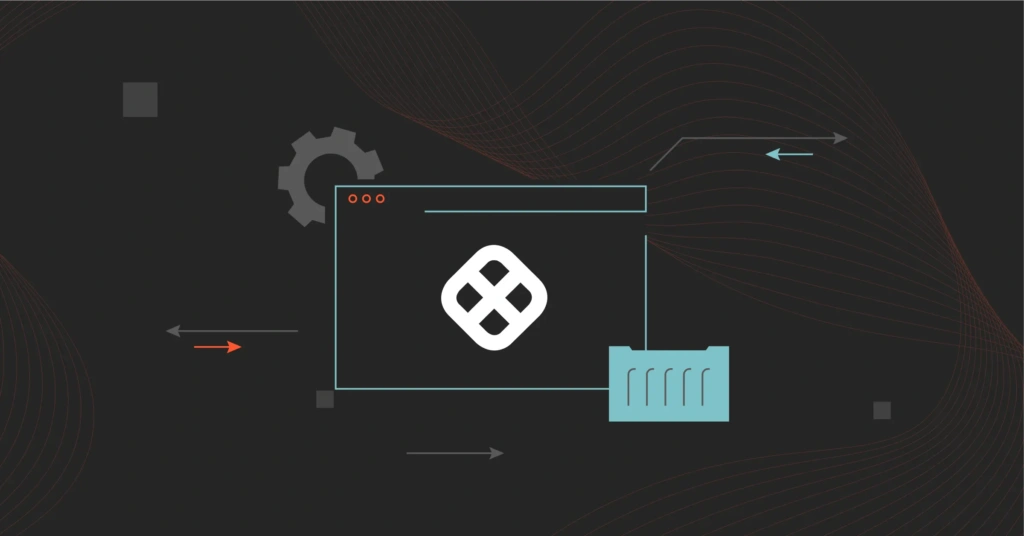Harness.io is one of today’s most popular platforms for automating continuous delivery (CD). The platform enables engineers to build CD pipelines (Harness Smart Automation) rapidly, automatically verify code changes to reduce rollbacks (Harness Continuous Verification), and deliver enterprise-grade security (Harness Continuous Security) for teams of all sizes. With Harness Cost Management, you can even optimize your AWS cloud costs.
Even so, Harness may not be the best platform for every stack, business value delivery goal, or user experience objective.
Why Consider A Harness Alternative?
Switching from Harness could offer several benefits depending on your CI/CD goals and priorities.
- Cost efficiency. Harness may not be the most cost-effective choice, especially for companies needing granular cost control. Alternatives like CloudZero offer detailed cost intelligence, helping map cloud spending directly to business objectives.
- Specific use cases and integrations. Depending on your tech stack, certain alternatives might provide smoother integrations. Tools such as Octopus Deploy are known for excelling in complex deployment environments. They also feature advanced infrastructure scenarios that might surpass Harness’s offerings.
- Lack of commenting features. Harness lacks built-in commenting for collaboration, which GitLab and GitHub offer natively.
- Uses third-party security scanning. Security scans for artifacts rely on external tools, adding integration complexities that built-in solutions avoid.
- Lacks integrated SCM (Source Control Management). Harness doesn’t include a source control system. This requires teams to use external options such as GitHub or Bitbucket.
- Customization and flexibility. Harness has robust automation but might feel limited for teams needing highly tailored workflows. Competitors like GitLab and AWS CodePipeline offer detailed control over deployment pipelines. They can also integrate with multiple tech stacks for complex organizational needs.
- Improved visibility and governance. Platforms like CloudZero offer insights into deployments, cost implications, and usage patterns. This can be critical for organizations aiming to keep governance tightly aligned with budgeting.
- Community and support. Larger platforms such as GitLab or AWS offer extensive resources and established forums. These help users troubleshoot and provide innovative support.
Whether you’re looking at Harness for continuous delivery, continuous integration, security, or even as a cloud cost management solution, this guide will cover some of the top alternatives to consider while evaluating different platforms and tools.
1. Cost Management Alternative: CloudZero
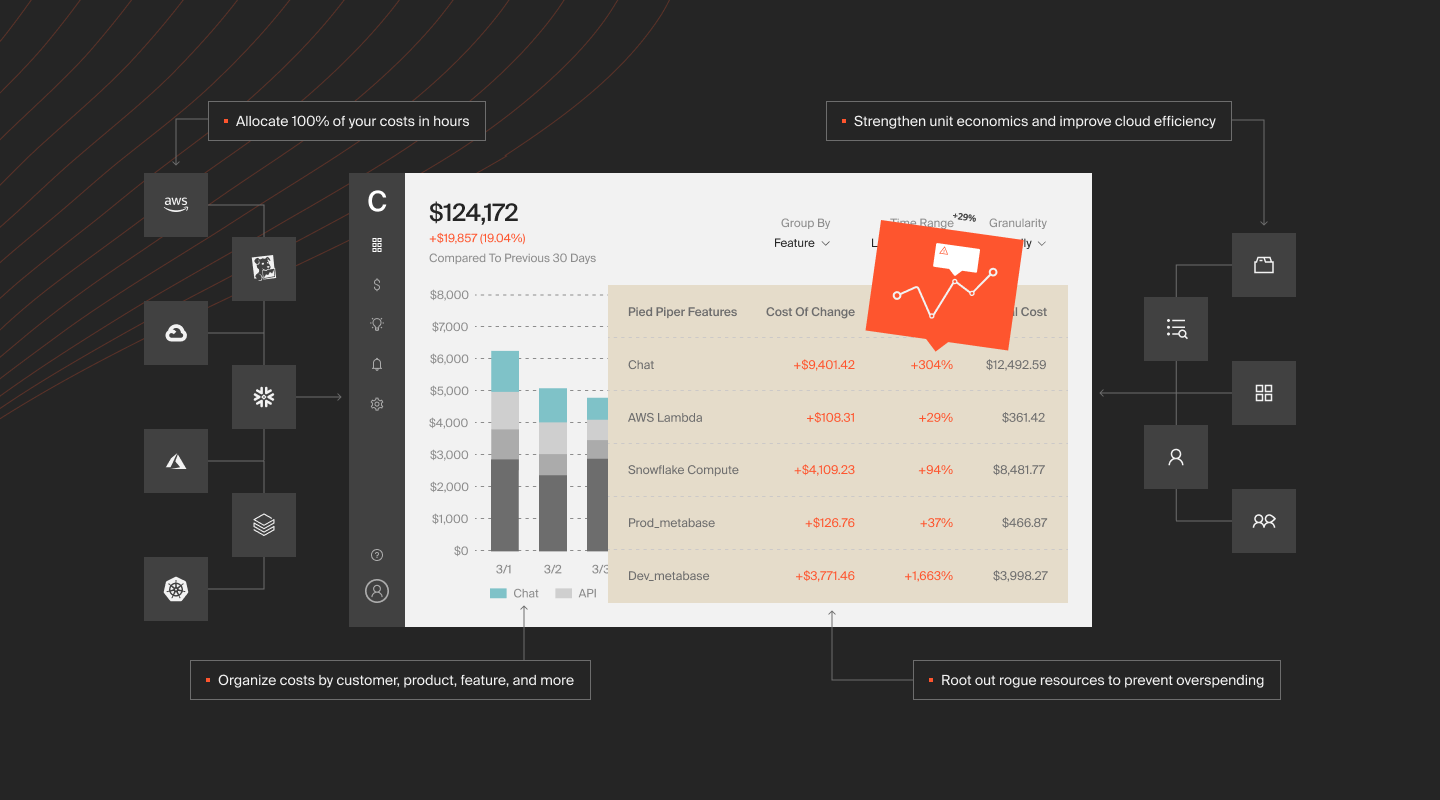
Year Founded: 2014
Category: Cloud cost intelligence for AWS, Kubernetes, and Snowflake
Best For: Any company wanting to map cloud costs to their business processes, products, and people — without endless tagging, additional tools, or hiring more DevOps personnel.
Pricing Model: Custom-tailored to your environment, not based on a percentage of your cloud spend. Get custom CloudZero pricing here.
CloudZero collects real-time cost and utilization insights from tagged, untaggable, untagged, and shared resources in AWS, Kubernetes, and Snowflake environments.
CloudZero’s cloud cost intelligence platform normalizes, analyses, and aligns cost data to the specific people, processes, and products that created them.
With unit cost analysis, you can provide each business unit with the details they require to maximize cloud cost ROI:
- Engineers. Get cost per product feature, cost per deployment, cost per dev team, cost per environment, cost per project, etc. Engineers can see the effects of their architectural decisions on cloud costs, empowering them to make rapid updates and feature releases without going over budget.
- Finance. Track cost per customer, cost per customer per feature, etc., to calculate SaaS pricing that maximizes return on investment.
- Team leaders. Track costs for CI/CD projects, new product launches, and development teams and receive anomalous cost alerts via Slack or email to prevent overspending.
- C-Suite. Identify where economies of scale are used by tracking the cost of goods sold (COGS), cost per product launch, etc.
- The Board. Analyze the costs of different business units to improve profitability so the company can attract investors who will fund more robust feature releases.
Unlike Harness, CloudZero gives you a detailed view of where your cloud spend is going, what is driving it, and why it is changing. With this cost intelligence, finance and engineering can more easily align to maximize cloud efficiency. See CloudZero in action by  .
.
2. CD Alternative: AWS CodePipeline
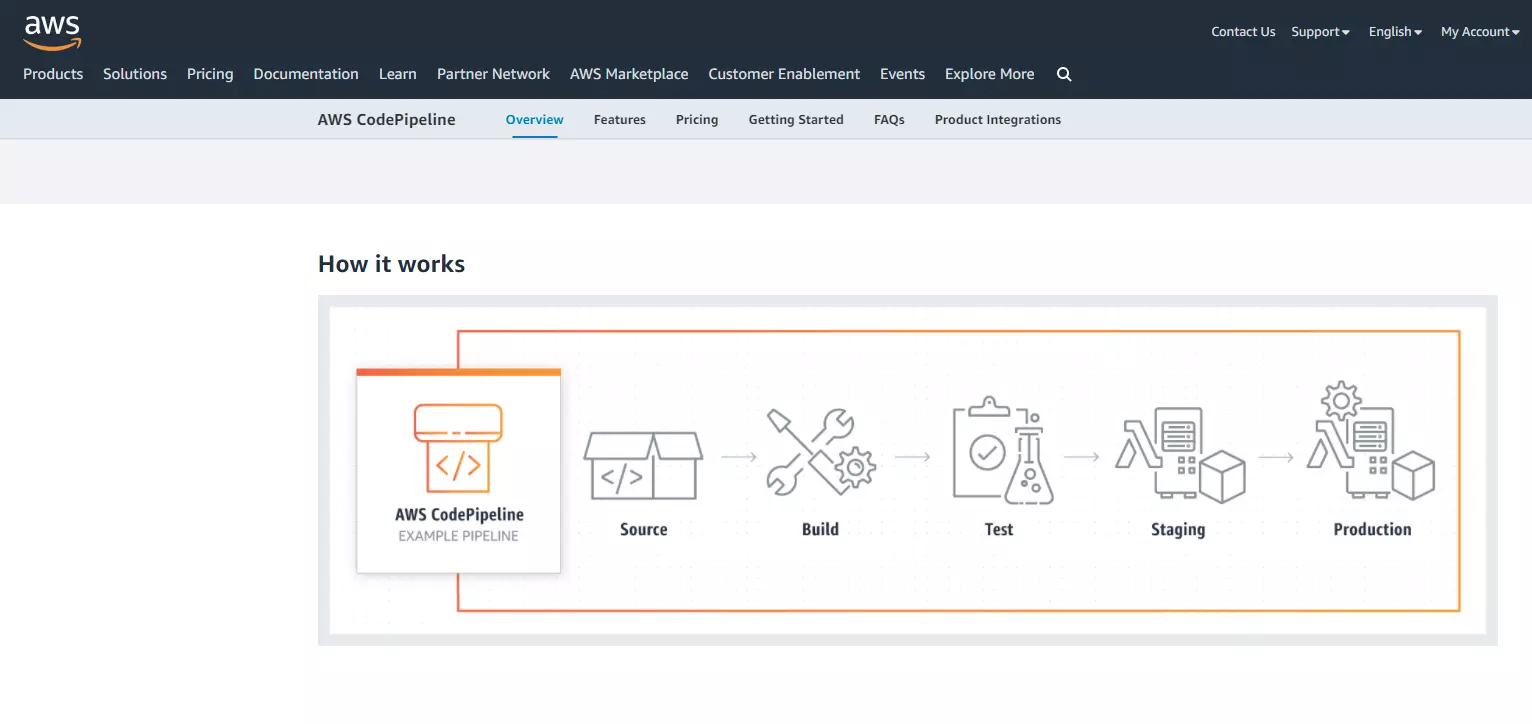
Year Founded: 2015
Category: AWS continuous deployment tool
Best For: Companies interested in automating the steps in releasing software on the AWS ecosystem without complex CD requirements.
Pricing Model: Pay per use.
CodePipeline enables engineers to automate software deployment and quickly release app updates. It helps engineers automatically build, test, and launch the application each time they change its code.
Engineers can configure workflows for releases within the pipeline using a graphical interface. CodePipeline also empowers engineers by allowing them to specify and execute actions or a set of actions, such as specifying which tests CodePipeline should execute and which pre-production environments to execute them. The platform could then use parallel execution to speed delivery.
The AWS CD service integrates natively with various AWS services and supports custom plugins.
Additionally, it pulls source code from Amazon S3 and deploys it to AWS Elastic Beanstalk and AWS CodeDeploy. You can also integrate CodePipeline with AWS Lambda, Jenkins, and GitHub.
3. CI/CD Alternative: GitLab
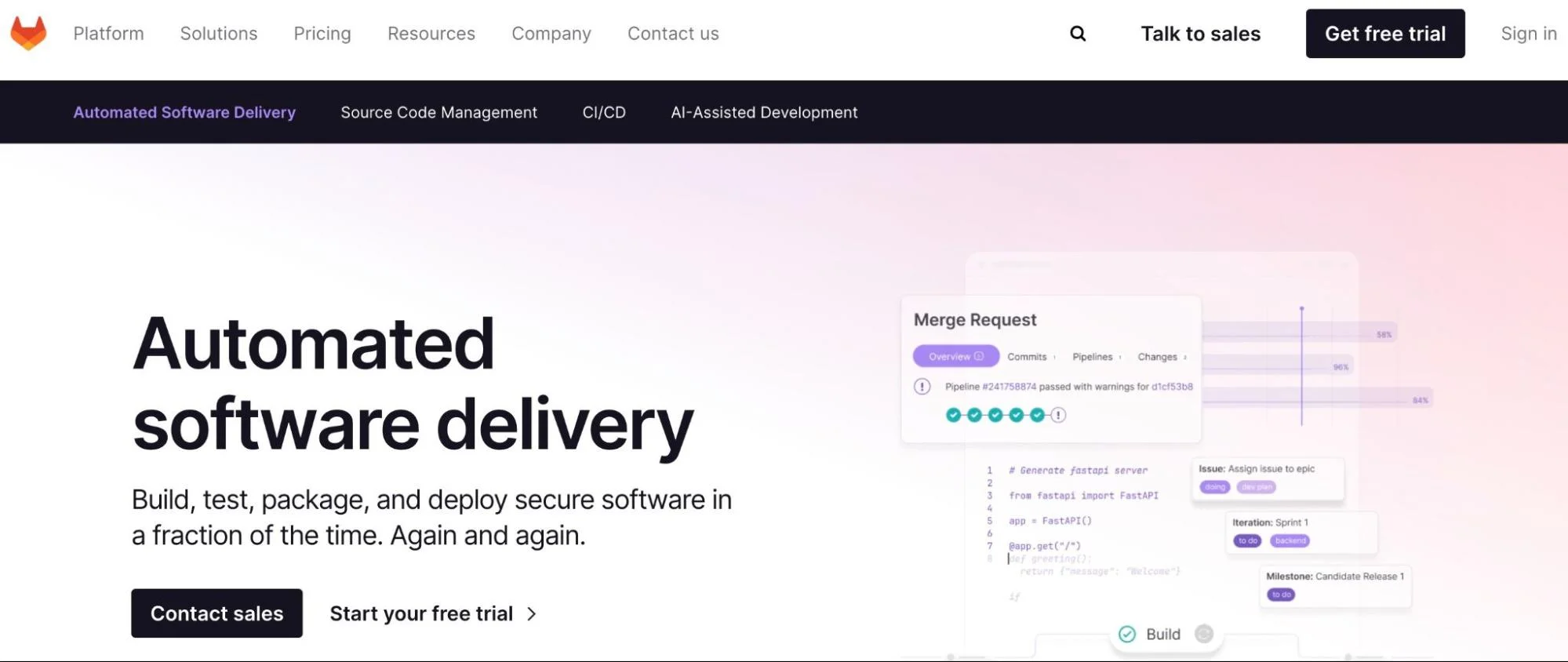
Year Founded: 2011
Category: Source code management and CI/CD platform for GitOps
Best for: Teams who want GitOps and free, unlimited private repositories.
Pricing Model: Freemium, $19 per user per month (Premium), and $99 per user per month (Ultimate).
With GitLab, you do not have to install Continuous Integration and Continuous Delivery separately. Its main advantages, including over GitHub, are its superior audit management, a strong developer community, and other benefits. You can also use it Self-managed or SaaS.
GitLab is also ideally suited for companies searching for a Harnes.io alternative focusing on security and compliance throughout the DevOps lifecycle.
4. CD Alternative: Octopus Deploy
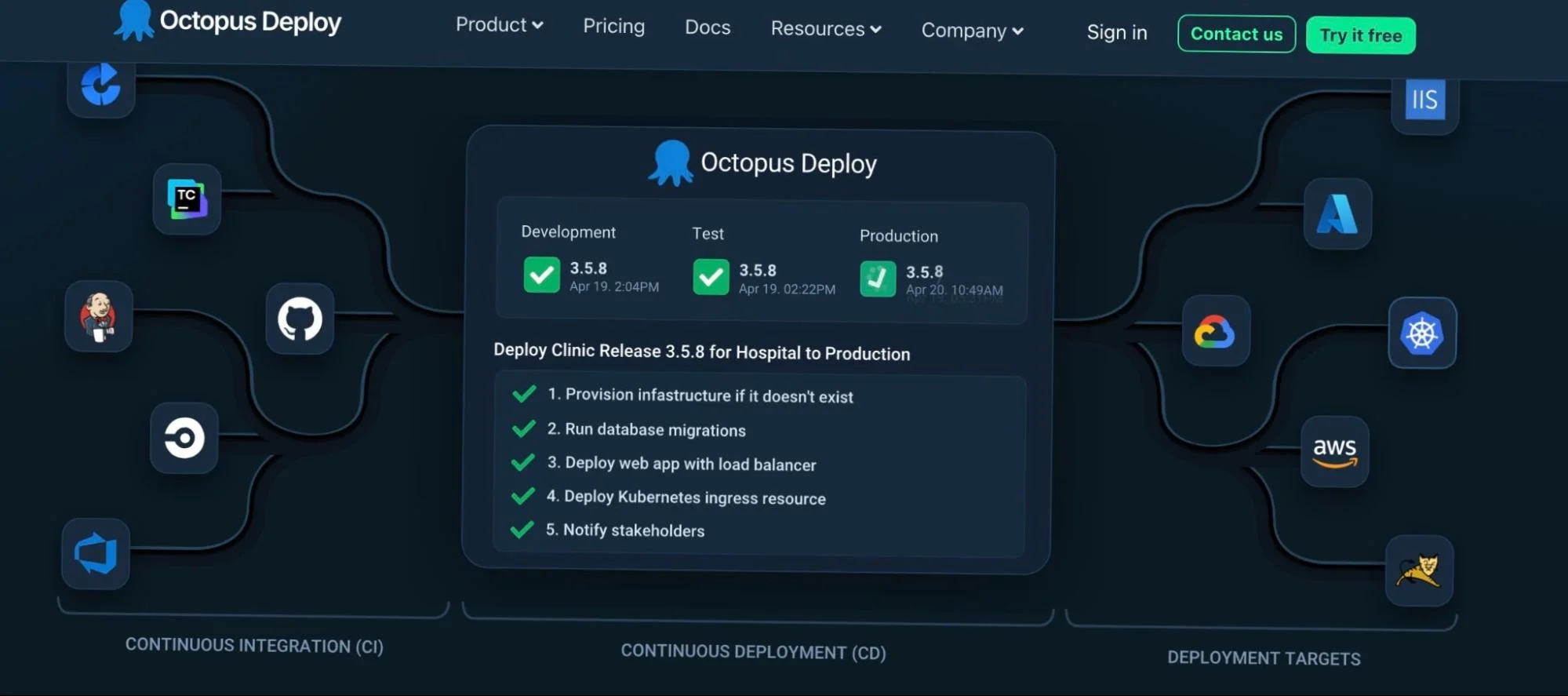
Year Founded: 2012
Category: SaaS, on-premises, and cloud-native CD platform
Best for: Teams who want a Continuous Delivery tool that offers several powerful deployment strategy functions and can be integrated with most Continuous Integration platforms.
Pricing Model: Various
Octopus Deploy allows you to manage releases and automate deployments and operations runbooks. It also enables teams to deploy in various ways, such as environment definitions, API keys, service principals, permissions, connection strings, automatic logic, and reusing configuration variables.
Octopus Deploy is compatible with various source control systems and current build servers to streamline your CI/CD process.
5. Argo CD
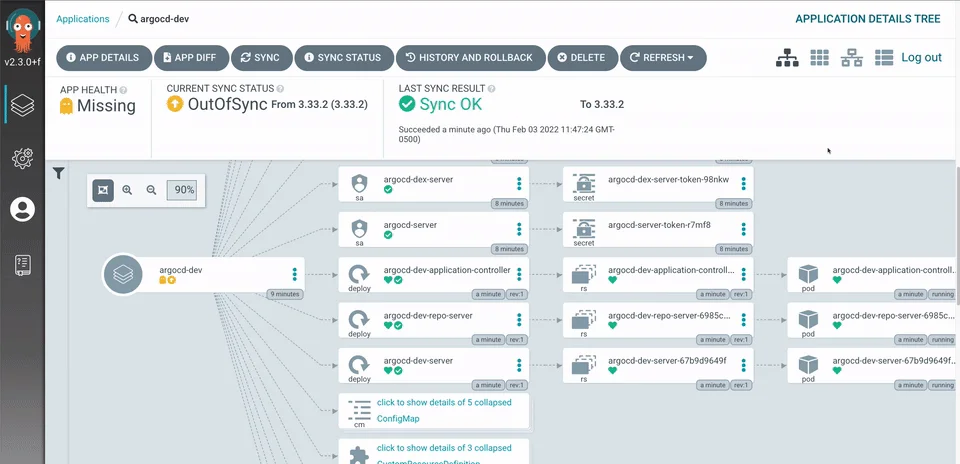
Category: GitOps Continuous Delivery service for Kubernetes
Best for: Enterprises seeking a robust DC platform for Kubernetes that works with Git repositories.
Pricing Model: Open-source
Argo CD is an open-source platform for automating Kubernetes deployments, SDLC management, and Kubernetes RBAC. This is one of three tools Argo CD provides. The other two tools are Rollouts and Events. In Argo Workflows, teams can access its “open-source container-native workflow engine” to orchestrate Kubernetes parallel jobs.
Additionally, the declarative solution is only available on-premises and does not solve for continuous integration (CI), but it is powerful for experienced engineers. It uses a Git repository to keep track of code changes.
Achieve Continuous Software Delivery With Cost Confidence
CloudZero goes beyond right-sizing instances and telling you what Reserved Instances or Savings Plans to buy. Our partner, ProsperOps, can be the best Harness cost management alternative for that.
Yet, with CloudZero, your business can accurately align costs to the people, products, and processes that generate them continuously. You can identify what’s driving your cloud costs in real time throughout your CI/CD pipeline in AWS, Kubernetes, and Snowflake.

It doesn’t matter if your tags are messy. CloudZero does not use endless tagging to provide accurate insights about your cloud costs. Our cloud cost intelligence approach will still help you gather cost insights on tagged, untagged, untaggable, and shared resources in multitenant environments.
This means you can determine where to pull strings to optimize your cloud spend without compromising your engineering velocity or killing innovation.  to increase your visibility into the cost implications of architectural decisions.
to increase your visibility into the cost implications of architectural decisions.

